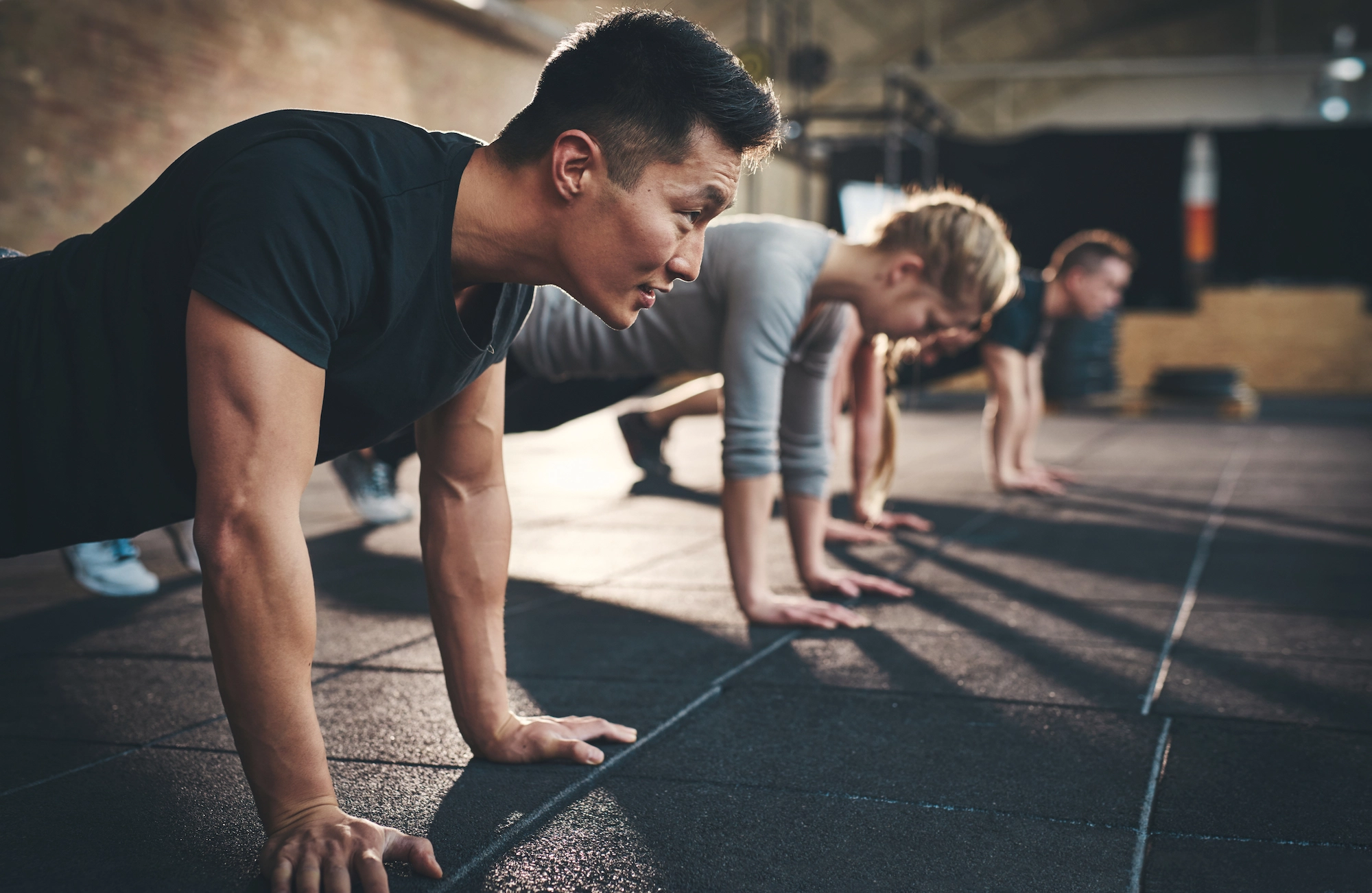Fitness
Preparedness in Life and Crisis: Physical Fitness, Grappling, and Weapons Training

On Power Athlete Radio, I sat down with Arash Soofiani to discuss an important topic: how preparedness and skill development play a vital role in life, especially in high-stress situations. Whether it’s physical fitness, self-defense, or weapons training, we broke down the key areas where people can focus their efforts to improve their readiness for emergencies and challenges.
The Role of Physical Fitness
One of the first “buckets” we talked about was physical fitness. In a state of emergency or heightened stress, your heart rate skyrockets, and adrenaline floods your system. If you’re out of shape, this physiological response can quickly cap your capacity to act effectively.
For example, if your cardiovascular fitness is poor, the elevated heart rate brought on by stress can push you closer to your maximum threshold, leaving little room for actual performance. In contrast, maintaining a high level of fitness helps ensure that your body can handle the physical demands of an emergency without becoming overwhelmed.
This concept extends beyond the gym. Fitness isn’t just about looking good; it’s about being able to perform when it matters most. Whether you’re lifting someone to safety, grappling in self-defense, or simply staying calm under pressure, your physical condition directly impacts your effectiveness.
Grappling and Contingency Plans
Next, we touched on grappling and self-defense training. Grappling is an essential skill, not just for competitive sports like jiu-jitsu but for real-world situations where physical altercations may occur. Knowing how to control an opponent, escape dangerous positions, or neutralize a threat can be the difference between safety and harm.
More than that, grappling training teaches you to stay calm under pressure, a skill that translates into all areas of life. It builds mental resilience, sharpens decision-making, and helps you maintain control in chaotic situations.
Just as important as physical skills are contingency plans. Knowing how to assess a situation, having an exit strategy, and being prepared for different scenarios are crucial components of self-defense. Whether it’s situational awareness, de-escalation techniques, or a clear course of action, planning ahead can give you a significant advantage.
Weapons Training: A Humbling Start
Finally, we delved into weapons training – a subject Arash has been exploring as a “white belt”. When he attended Craig Douglas’ ShivWorks course, he quickly realized just how little he knew. He showed up with basic questions like, “Where should I focus when aiming a gun? Should I align the three dots?” Craig’s response was a polite but direct reminder that firearms proficiency is a skill built over time, not mastered in a single weekend.
Weapons training, much like grappling or physical fitness, requires consistent practice and a commitment to learning. It’s about building a foundation of competence so that, if the need ever arises, you can act effectively and responsibly.
A Well-Rounded Approach
What stood out in this conversation with Arash is the idea that preparedness is multifaceted. It’s not enough to excel in one area, you need a well-rounded approach that includes fitness, grappling, weapons training, and contingency planning. Each of these “buckets” enhances your ability to perform when it matters most.
Preparedness isn’t just about emergencies. It’s a mindset of continual improvement, pushing yourself to be capable, confident, and resilient. As Arash and I discussed, these skills aren’t just for high-stakes scenarios, they’re tools for navigating life’s everyday challenges with greater strength and composure










